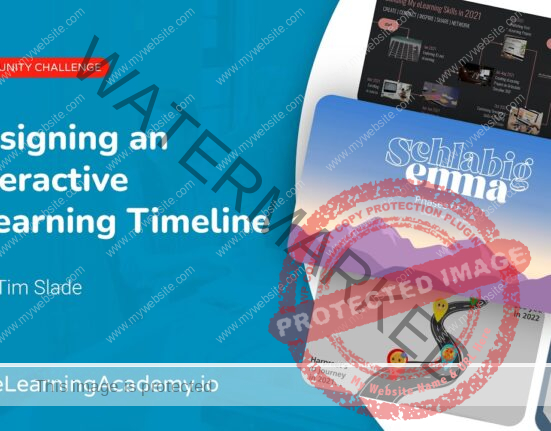Sorting Out the Right LMS Migration Method for Your Organization
Being an eLearning developer, it’s vital to choose the best LMS migration method for a smooth transition. Before starting the migration process, planning and organizing data is crucial. Think of it as laying a strong foundation for a new building – you want everything to be in order before moving forward.
Manual Migration: Focus on Details and Control
Manual migration involves careful selection and transfer of data, giving you full control over the process. While it can be time-consuming, it’s suitable for smaller institutions or when specific content transfer is needed. Manual migration allows you to tidy up and enhance data, improving the efficiency of the new LMS.
For eLearning developers working with smaller organizations or aiming for a customized LMS, manual migration can be beneficial. By meticulously choosing and arranging data, you ensure only relevant content moves to the new system.
Automated Tools: Efficient and Accurate
LMS providers offer automated migration tools that save time and minimize errors. These tools work well for larger institutions with vast amounts of data or when quick and accurate content transfer is required. Automation reduces manual work and can handle large data volumes with precision.
For eLearning developers dealing with numerous courses and users, automated tools can streamline the migration process. These tools map existing data fields to the new system, ensuring precise information transfer.
Third-Party Services: Expertise and Confidence
Hiring third-party services specializing in LMS migration ensures a smooth transition, especially for large or complex migrations. Though it may cost more, it brings expertise and reduces the risk of errors and downtime. These services follow industry standards, providing reassurance throughout the migration.
For eLearning developers working with universities or complex migrations, third-party services can be valuable. These experts handle migration intricacies, ensuring a professional and efficient transition.
Hybrid Approach: Flexible and Customizable
In some scenarios, a hybrid approach combining manual migration, automated tools, and third-party services may be the best option. This approach offers flexibility and customization for a tailored migration process addressing different data and system requirements.
For eLearning developers collaborating with large universities, a hybrid approach can optimize efficiency and accuracy. By blending different migration techniques, you can ensure a comprehensive and secure transition.
Insights on LMS Migration Methods for eLearning Professionals
For eLearning developers, choosing the right LMS migration method is crucial for a successful transition. This article provides insights into manual migration, automated tools, third-party services, and hybrid approaches, emphasizing the importance of considering data size, complexity, and institutional needs.
Stay tuned for more in-depth content on the LMS migration journey, and explore our catalog of prebuilt courses for customizable eLearning solutions that fit your organization’s needs.
If you want to learn more about this topic, you can check out the original source here.
















